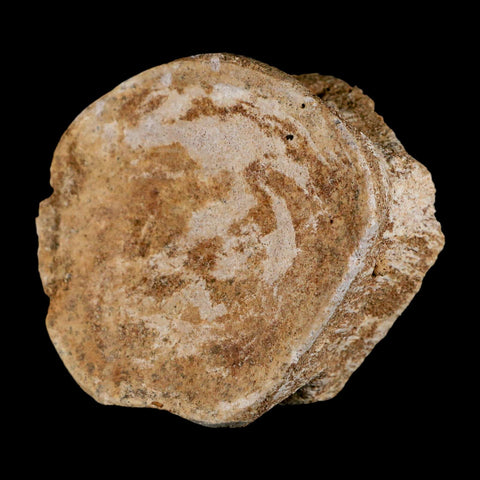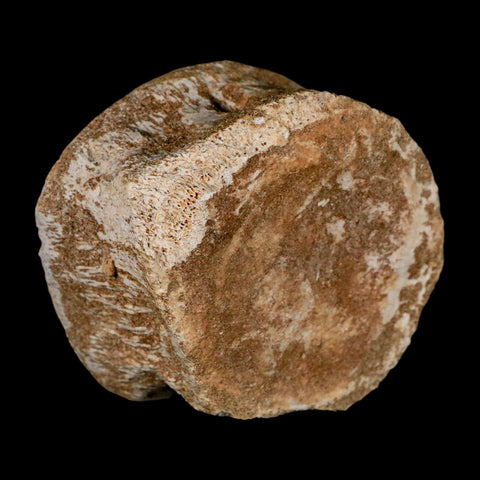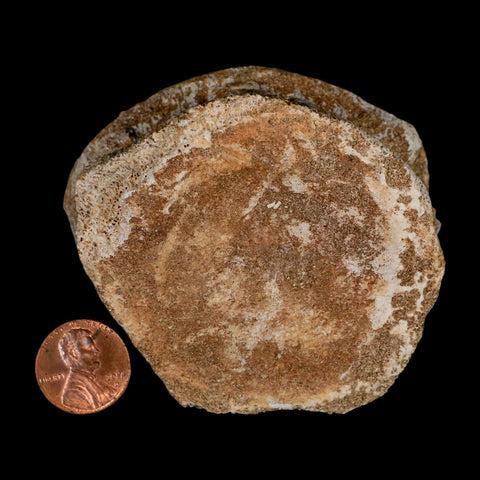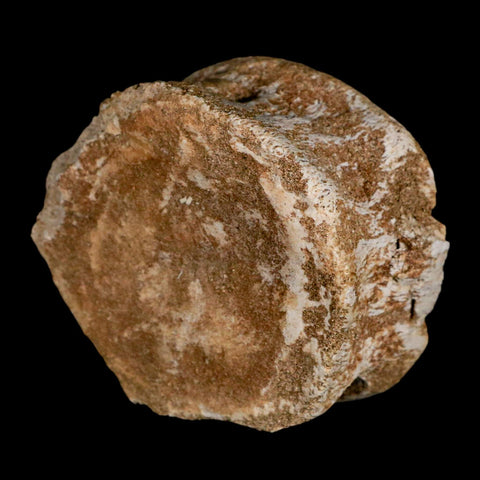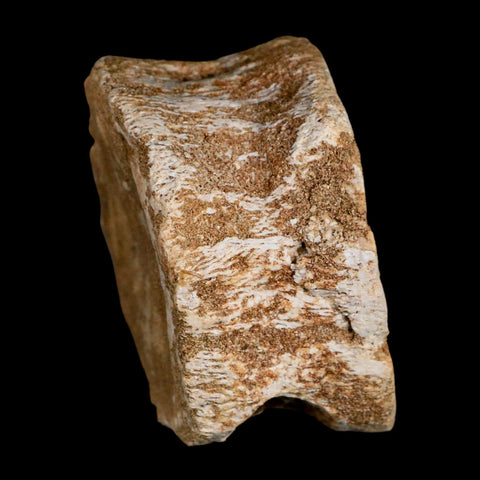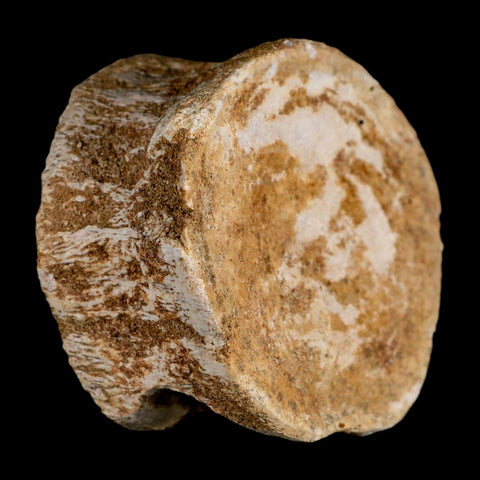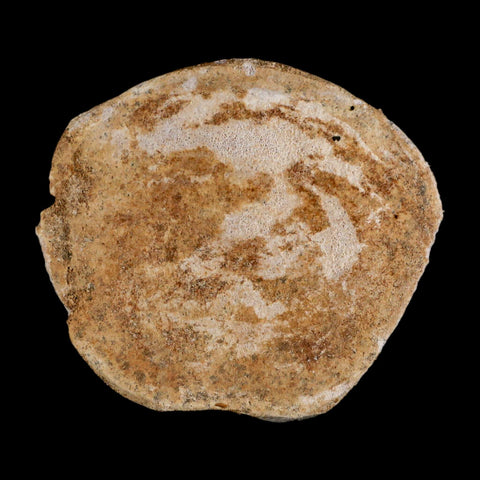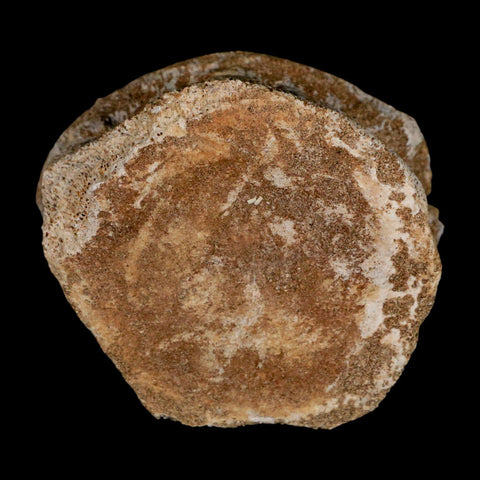2.8" Plesiosaur Fossil Vertebrae Cretaceous Dinosaur Era Morocco Zarafasaura COA
Location: Khouribga, Morocco
Weight: 5.7 Ounces
Dimensions: 2.8 Inches Long, 2.7 Inches Wide, 1.5 Inches Thick
Comes with a Certificate of Authenticity.
The item pictured is the one you will receive.
Plesiosaur Zarafasaura
Plesiosaurus represents a single, well-known genus within the broader group of marine reptiles known as Plesiosauria. These carnivorous marine reptiles lived in ocean environments for an exceptionally long span of geological time, ranging from approximately 228 million years ago to 61.6 million years ago, from the Late Triassic through the end of the Cretaceous period. Plesiosaurus occupied the role of an agile marine predator, feeding primarily on fish and other small sea creatures.
In scientific research, 938 different Plesiosaurus specimens have been discovered and studied by paleontologists, making it one of the best-documented marine reptiles in the fossil record. Despite this wealth of fossil material, artistic and popular representations often fail to distinguish Plesiosaurus from other plesiosaur genera. As a result, many reconstructions blend features from multiple plesiosaurs into a single, generalized form.
Plesiosaurus has also played a major role in cryptozoological folklore, with much of its artistic depiction influenced by myths surrounding the Loch Ness Monster and other legendary aquatic creatures. These cultural associations have helped cement Plesiosaurus as one of the most recognizable prehistoric marine reptiles, even beyond scientific circles.
With its long neck, streamlined body, and powerful flippers, Plesiosaurus exemplifies the evolutionary success of marine reptiles during the Mesozoic Era. Its extensive fossil record and lasting cultural impact make it a cornerstone genus for understanding marine reptile evolution, paleoart, and prehistoric oceans.
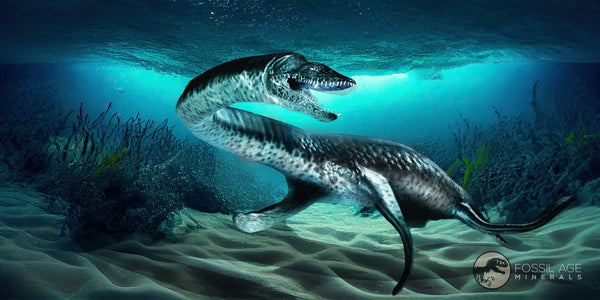
Please be aware of the nature of fossils:
Being buried under the ground for millions of years under tons of pressure tends to be rough. No fossil comes out of the ground whole and perfect. Most fossils have undergone some restoration, while others are altered by man simply to enhance their presentation in different ways. The workers in Morocco do a very professional job of unearthing and preserving these natural treasures; however, commonly, natural cracks are visible on the surface. These are part of the natural beauty of the fossil and are not considered defects.


